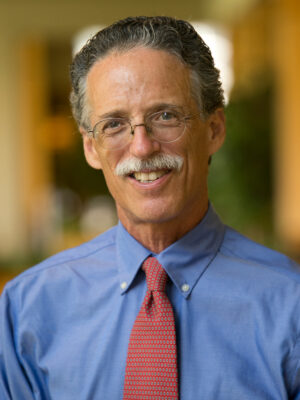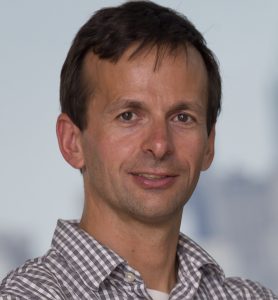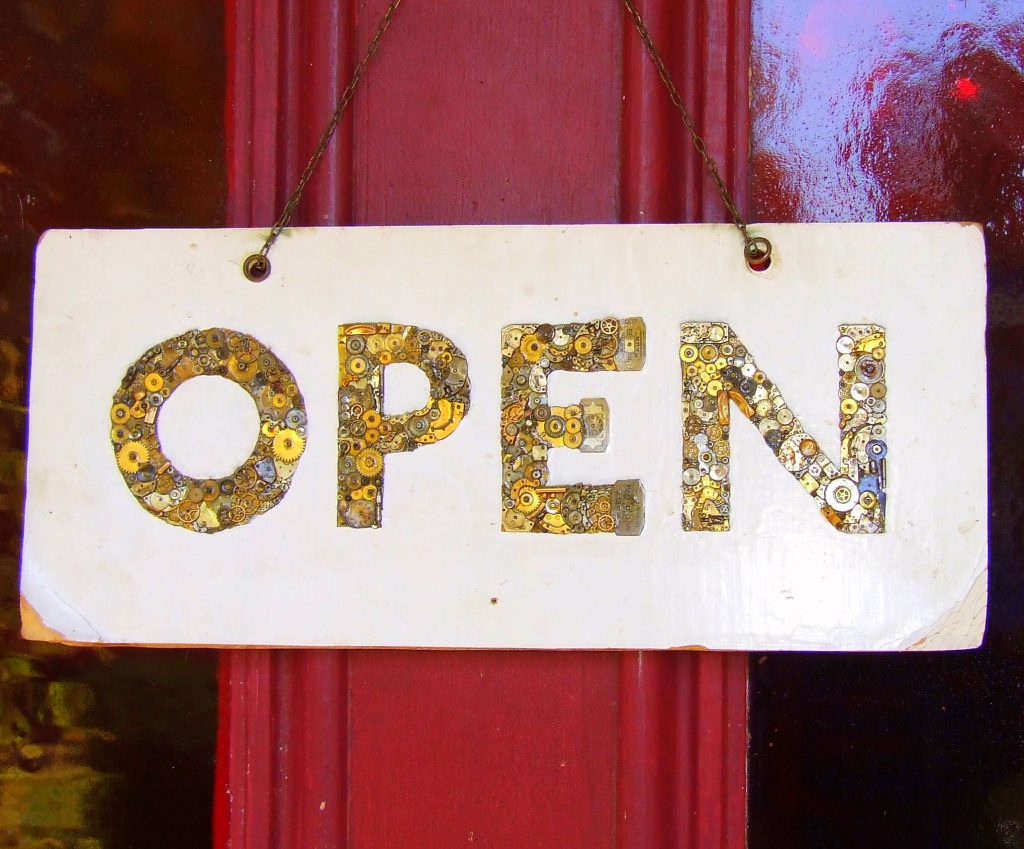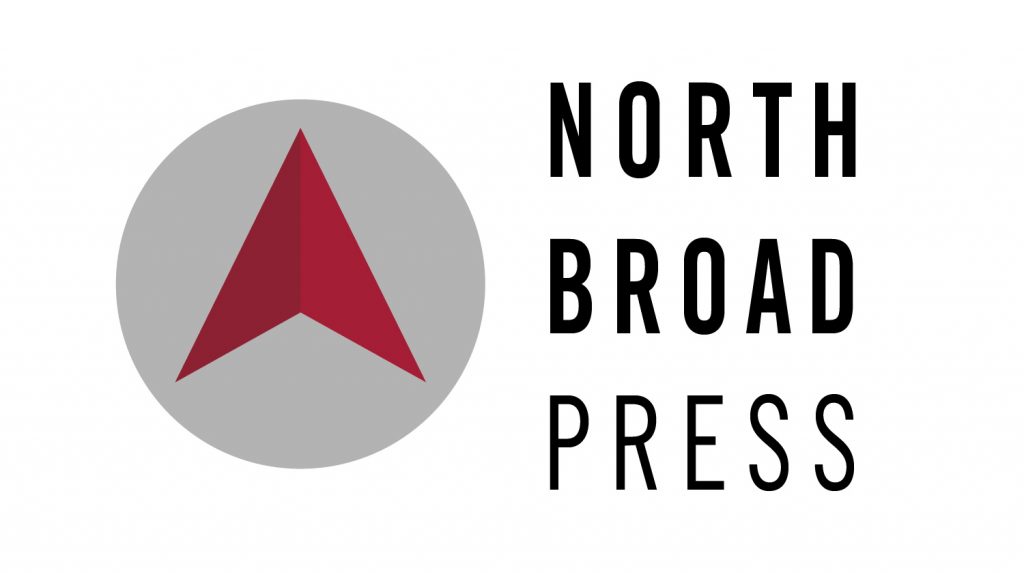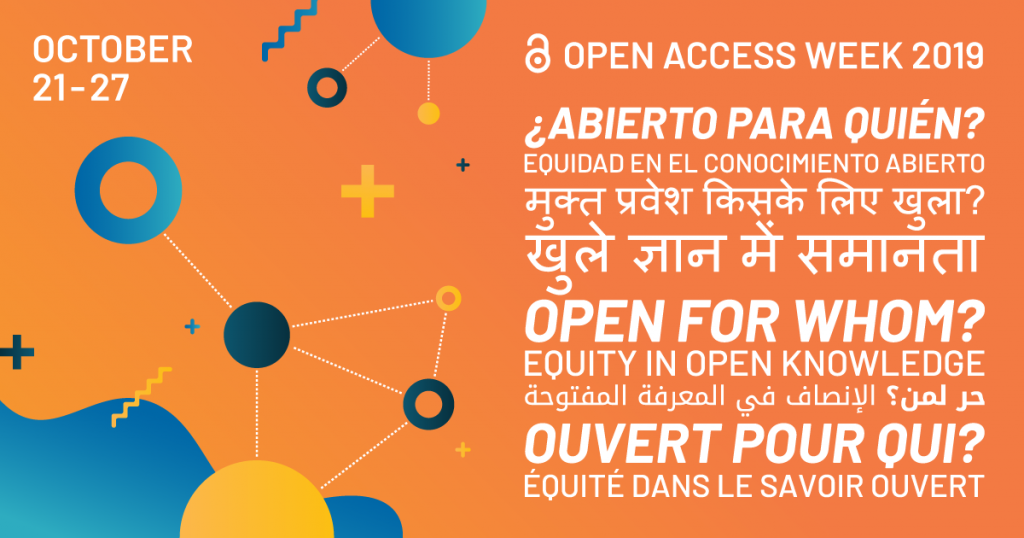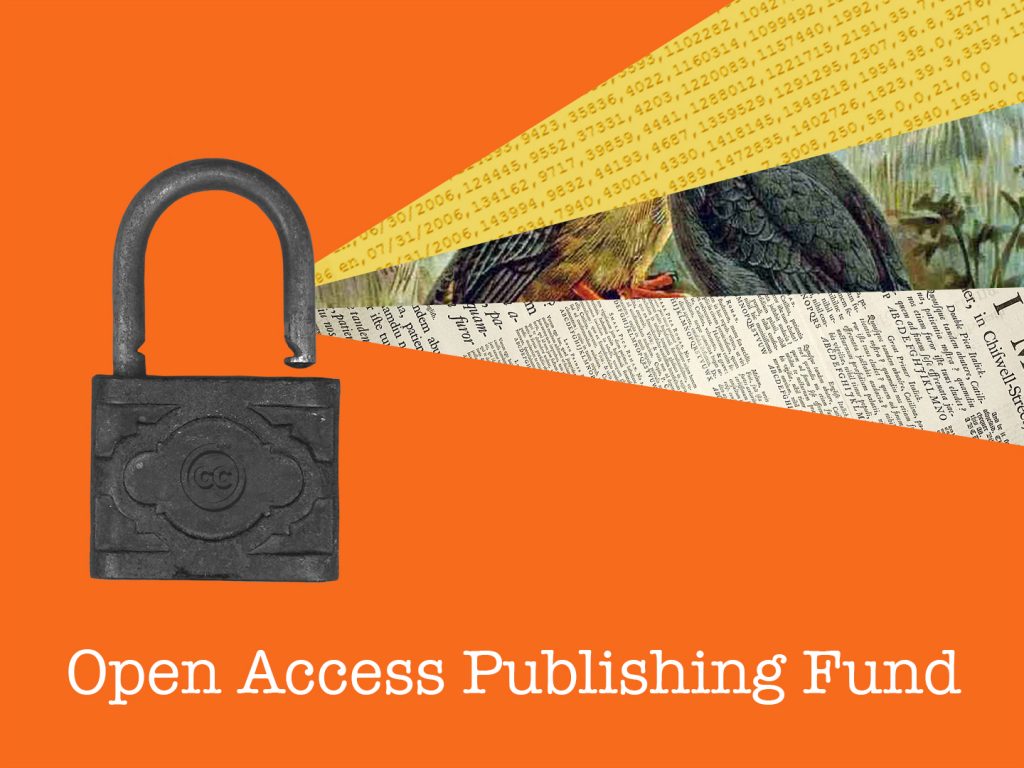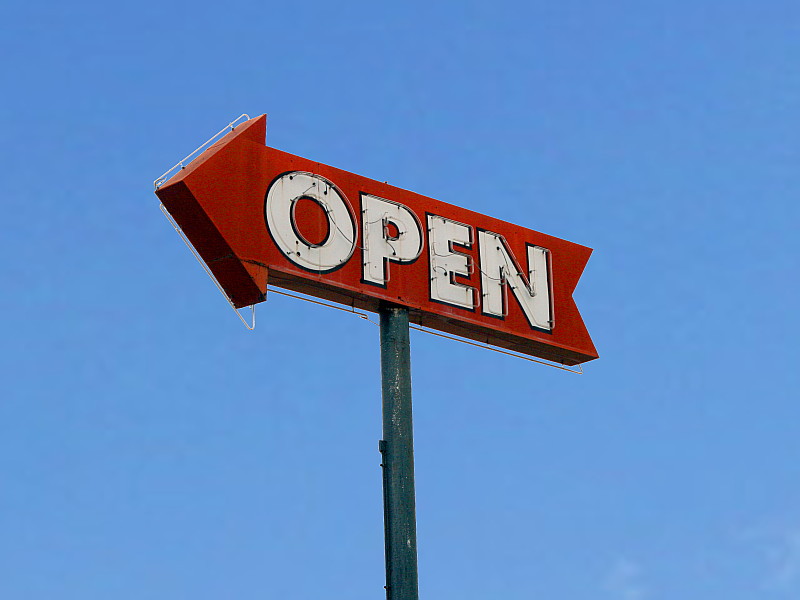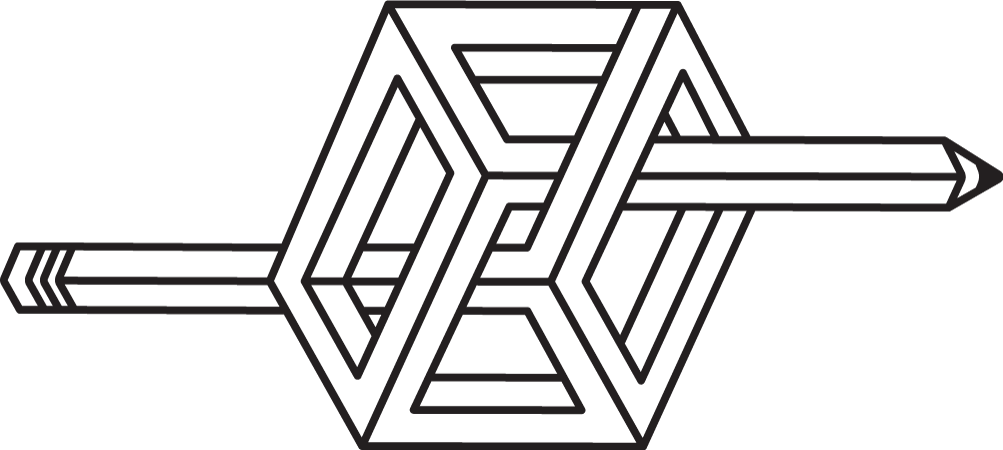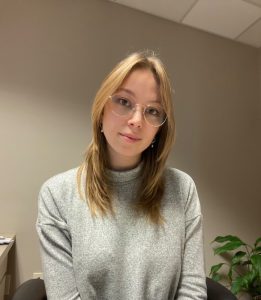
The Libraries recently launched the Center for Scholarly Communication & Open Publishing (SCOP). SCOP’s initiatives and events support open publishing across the Temple community and provide opportunities for faculty and students to come together to discuss and shape the future of scholarly communication. SCOP’s core initiatives include TUScholarShare, Temple’s institutional repository; North Broad Press, our joint Libraries/Press imprint; the open journal publishing program; and the Open Access Publishing Fund.
We’re pleased to announce that Julia Scheffler is SCOP’s first Graduate Student Ambassador. Scheffler specifically supports the institutional repository, TUScholarShare. We spoke with Scheffler to learn more about her background and her work for the Libraries.
What brought you to Temple?
I grew up just under two hours away in Kutztown, PA and have frequently visited Philadelphia. My mentor from undergrad is a graduate of Klein College, and after researching the faculty here it felt like the perfect fit for me. I initially planned to come to Temple for my undergraduate study, but I just wrapped up my first semester of the Media Studies & Production Master’s program! I took a few years off of school after receiving my B.A., but was eager to return to academia and connect with the faculty here at Temple to fully utilize all of the resources this campus has to offer.
What do you hope to do after you graduate?
I hope to pursue my PhD in Communication and Media Studies while also working in the creative media industry. My current research focuses on the discursive use of memes and aesthetics online to establish digital communities and political subcultures. Ideally I would like to connect my passion for research and writing with my creative outlets of art, music, and fashion. I am still in the process of honing in on a specific area within the broad field of communication and media.
Can you tell us a little bit about your work at the Libraries?
Working at Temple Libraries really opened my eyes to the vast amounts of research coming from Temple across all disciplines. I really enjoy browsing the abstracts of articles from departments that I do not regularly interact with in my own studies. Most of my time with TUScholarShare is spent reviewing research done by current and former faculty, validating and organizing metadata for our institutional repository, and confirming copyright status for published works.
What has surprised you the most about this work?
I was surprised to learn so much about the multitude of Creative Commons licenses an author may have for their work, and how researchers go through the publication process. I don’t have much experience working with copyright, so it has been interesting to learn about author’s rights in regards to distribution of their own work. It has also shown me how many layers of review articles must go through before we are able to access them as students.
What has TUScholarShare taught you about scholarly publishing?
I have learned the value of open access publishing for both students and authors alike. Without the institutional access provided by Temple, a majority of these published works are behind paywalls that limit the public’s access to that research.
If there’s one thing you could tell faculty and graduate students about TUScholarShare, what would it be?
I would strongly encourage other graduate students to utilize TUScholarShare for their own independent research and assignments! We are really fortunate to have renowned faculty that have been published many times, and it is a great way to dive deeper into a research area you may have connected with a professor on. Also, it never hurts to cite your own professor in your writing. I would also encourage faculty, especially those that may be new to Temple, to connect with us and have their publications deposited to our repository. This is an accessible way to share your work with the Temple community and share your experience with the students here.
Thank you Julia!
